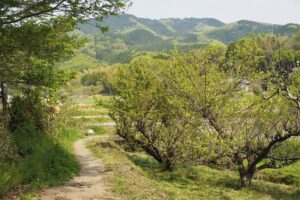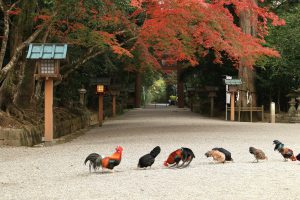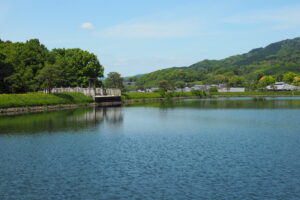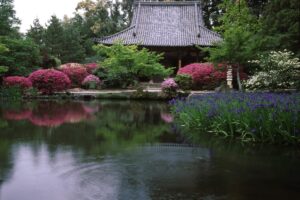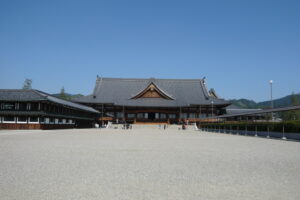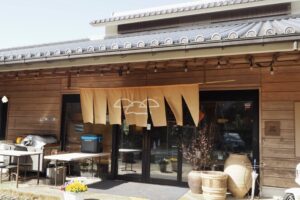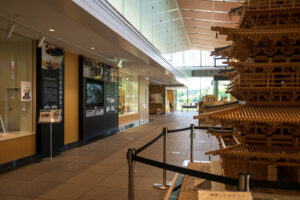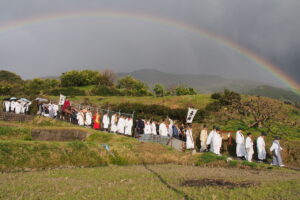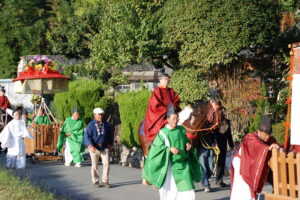Yamanobe-no-Michi Path (South) Course
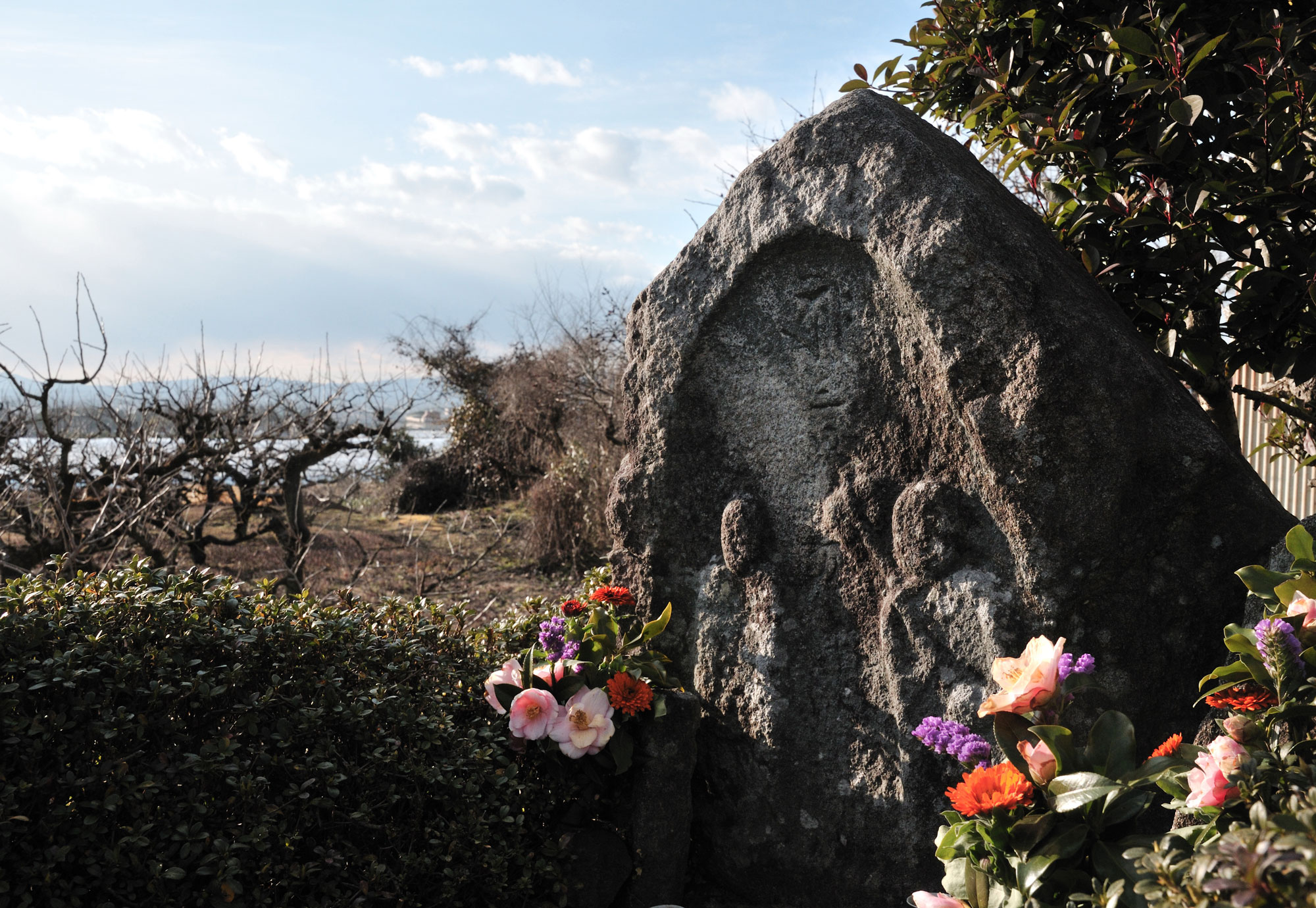
The path leading us to the earliest days of Japan.
Around 2,000 years ago an ancient kingdom called Yamataikoku is said to have formed in the Nara Basin, marking the beginning of Japan as a country. It is along the foothills of the basin’s eastern mountains that the Yamanobe-no-Michi path takes us from some of Japan’s most ancient shrines, temples, and kofun tombs, through orchards, rice paddies, flower fields, and some villages, and on a journey to the sacred, natural, and majestic.
Every morning, priests perform morning prayers at shrines and temples, farmers tend to their crops, seasonal produce is placed in unmanned stalls, and another day begins on the oldest path in Japan.
The mountains “smile” colorfully in spring, as various shades of green are decorated with the whites and pinks of cherry blossoms, plum blossoms, and peach blossoms. Cicadas sing, and ears of rice grow tall throughout the summer. Autumn brings ripening persimmons and colorful persimmon leaves, while Chogakuji Temple and Isonokami Jingu shrine shimmer in shades of yellow, orange, and red. A wide variety of citrus fruits and strawberries ripen in the winter, showing us how the Yamanobe-no-Michi path is full of beautiful and delicious things all throughout the year.
Evening approaches, and the sun lays to rest behind the basin’s western mountains, turning the sky into a gradation of orange, red, pink, and purple. It is a site that probably hasn’t changed much in the last 2,000 years, and we wonder what each generation may have felt when they saw it.
Course Overview
Many people begin walking Japan’s oldest path from one of its oldest shrines, Isonokami Jingu shrine. Heading south, we pass the former location of Uchiyama Eikyuji temple, where just a temple pond remains, and layers of cherry blossoms bloom every spring. Through orchards, rice paddies, and gardens, we pass by Yatogi Jinja shrine, known for its thatched roof. Next are the villages of Takenouchi and Kayo, where moats that once protected the villages remain just east of the path. Continuing south, we reach Chogakuji Temple, a 1,200-year-old temple nicknamed “the flower temple”. Near the temple is Tenri City Trail Center, which offers tourist information, has snacks, drinks, and souvenirs for sale, and a restaurant. The path continues around the Tomb of Emperor Sujin, a huge imperial tomb constructed in the 4th century, where the 10th emperor of Japan sleeps. Less than a kilometer south is another great 4th century imperial tomb, the Tomb of Emperor Keiko, Japan’s 12th emperor.
Rice paddies and orchards continue as we cross into Sakurai City. Hibara Jinja shrine is one of the auxiliary shrines of Omiwa Jinja shrine, and is one of the places to see a beautiful sunset from the Yamanobe-no-Michi path. Just past the shrine is a lush forest with a small stone marker, a symbolic and picturesque portion of the path. It is not much farther to Omiwa Jinja shrine, which is also one of the oldest shrines in Japan. People come from far and wide to pray at this sacred place, and it is the perfect final destination when you walk the Yamanobe-no-Michi path.
